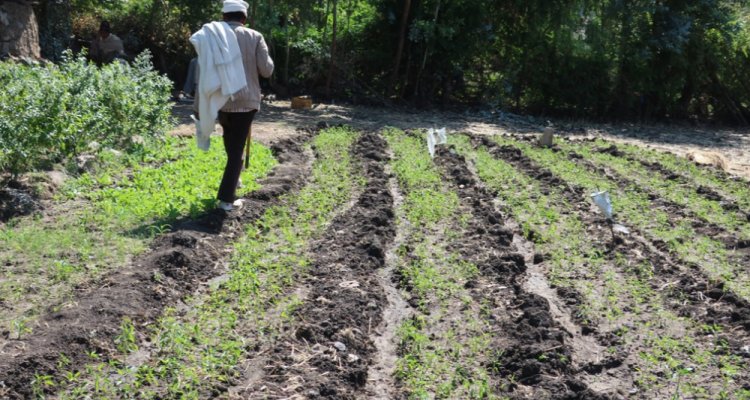
Project
Smallholder irrigation practices in Mozambique
Smallholder Farmers’ Changing Irrigation Practices under influence of Irrigation Management Transfer (IMT) and Corporate Investments in Chókwè Irrigation System (CIS) Mozambique
Research challenges
To study the smallholder farmers’ livelihoods after the implementation of IMT process, in a reality of large private companies constantly settle in CIS, to obtain a better understanding of:
- The implemented IMT process in CIS;
- The patronage relations existing inside the water users’ associations (WUAs); and
- The benefits derived from irrigated agriculture on the smallholder farmers’ livelihoods.
Methods
The study will be implemented across secondary canals in CIS from 2016 to 2017. There will be three different WUAs to work with, using the qualitative methods for data collection of literature review, semi-structured interviews with (key) stakeholders, informant interviews, focus group discussions, transect walks along the canals, semi-participant observations and secondary sources of data soliciting techniques to answer the following questions:
1. Why and how was the Irrigation Management Transfer process implemented in Chókwè Irrigation System?
2. How do medium to large-scale farmers use the WUAs’ partnerships with private companies and other large-scale farmers capture land and water resources from the smallholder farmers?
3. How do smallholders cope with their land being appropriated by medium to large-scale farmers?
4. How does irrigated agriculture contributes to the livelihoods of smallholder farmers in Chókwè Irrigation System?
Expected results and conclusions
- The policies behind the implementation of the IMT process in CIS.
- Patron-client relations between farmers living in the surroundings of CIS, which led to the appropriation of the lands of smallholder farmers by WUAs (or medium to large-scale farmers).
- Smallholder strategies to cope with their land being appropriated by the medium to large-scale farmers.
- Contribution of the irrigated agriculture on the smallholder farmer’ livelihoods.